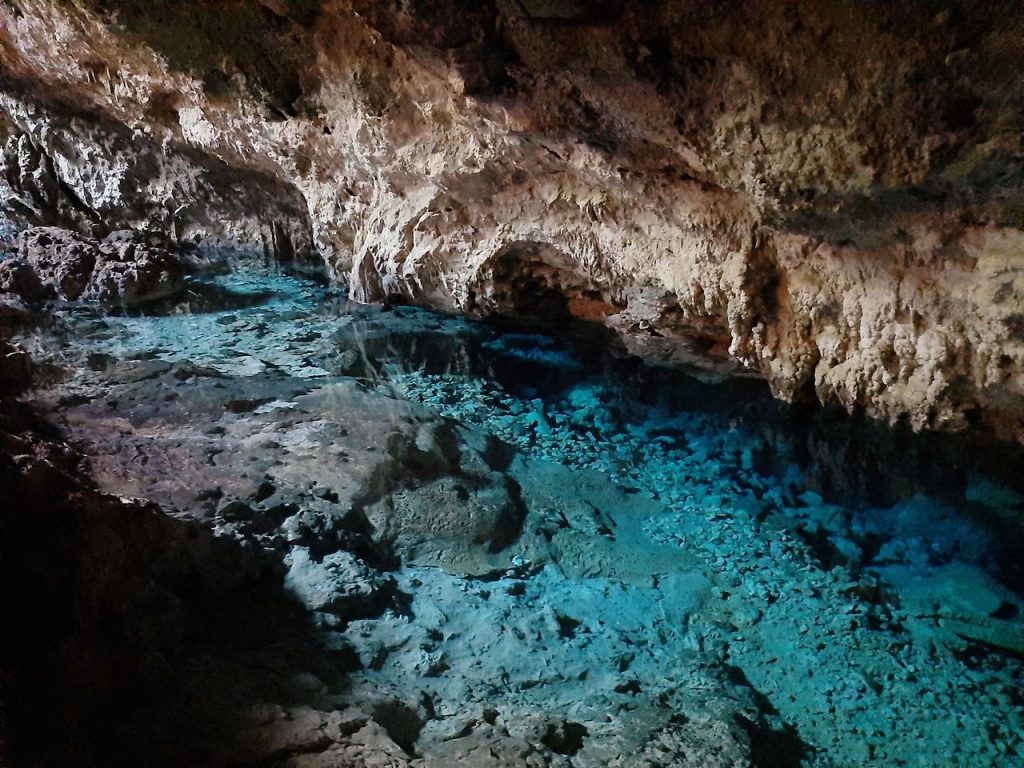Pangani Caves
Pangani Caves

The Pangani Caves are located in the coastal town of Pangani, in northeastern Tanzania. These caves hold historical significance, particularly in relation to the slave trade in East Africa. The caves were reportedly used as hiding places and temporary holding areas for enslaved people before they were shipped to Zanzibar and other destinations.

Overview of Pangani Caves

The Pangani Caves serve as a poignant historical site, shedding light on the region’s past and offering visitors an opportunity to reflect on the impact of the slave trade in East Africa.
Location and Accessibility
- Pangani Caves are situated in the town of Pangani, along Tanzania’s northeastern coast, about 50 kilometers south of Tanga. The town itself is steeped in history, with roots that stretch back to the days of Arab and Swahili settlements. Easily accessible from the town, the caves are often included in cultural and historical tours of the region, providing an insightful addition to the area’s rich heritage. Visitors to Pangani can explore these caves as part of a broader journey through the town’s storied past, which also includes old German colonial buildings and traditional Swahili houses.
Historical Significance
- The caves hold a dark, yet crucial place in the history of East Africa. During the height of the slave trade in the 19th century, Pangani was a bustling port where enslaved Africans were gathered before being transported to Zanzibar and other locations across the Indian Ocean. The caves served as temporary hiding places and holding areas where slaves were kept, often under brutal conditions, until they could be shipped off. These caves, therefore, are not just natural landmarks but are also significant as sites of memory, where the echoes of those tragic times still linger.
Cave Structure and Natural Features
Composed of limestone, the Pangani Caves feature a series of natural chambers and formations that have been shaped over centuries. The caves are marked by their cool, dark interiors, which contrast sharply with the bright, tropical environment outside. The natural beauty of the caves—stalactites, stalagmites, and other geological formations—provides a stark juxtaposition to their historical use, creating a space that is both haunting and fascinating. The structure of the caves also made them ideal for the purposes they served, offering concealment and a natural barrier against escape.
Cultural Importance and Preservation
- In recent years, there has been a growing recognition of the importance of preserving the Pangani Caves as a historical site. Efforts have been made to maintain the caves, not just as a tourist attraction, but as a place of reflection on the history of the slave trade and its lasting impact on the region. These preservation efforts aim to educate visitors about the complex and often painful history of East Africa, ensuring that the lessons of the past are not forgotten. The caves are a testament to the resilience of those who suffered and a call to remember and honor their stories.
Tourism and Visitor Experience
- For modern-day visitors, the Pangani Caves offer a unique experience that blends natural beauty with deep historical significance. Guided tours of the caves provide insights into their role in the slave trade, while also allowing visitors to explore the stunning geological formations within. The experience is often deeply moving, as the physical space of the caves brings the history of the slave trade into sharp relief. Additionally, the caves are part of a broader tour of Pangani, which includes other historical sites and the beautiful coastline, making it a well-rounded destination for those interested in both history and nature.
Facts about Pangani Caves
- Located in Pangani, northeastern Tanzania.
- Associated with the East African slave trade.
- Used as hiding and holding areas for enslaved people.
- Composed of limestone with natural chambers and formations.
- Significant for historical and cultural heritage.
- Easily accessible from the town of Pangani.
- Included in cultural and historical tours of the region.
- Efforts are being made to preserve them as a historical site.
Flora & Fauna
Flora of Pangani Caves Region:
- Mangrove Forests
- Coconut Palms
- Baobab Trees
- Casuarina Trees
- Acacia Trees
- Coastal Shrubs
- Grasslands
- Fruit Trees (Mango, Banana, Papaya)
- Mangrove Species (Avicennia, Rhizophora, Ceriops)
- Herbs and Grasses
Fauna of Pangani Caves Region:
- Vervet Monkeys
- Black-and-white Colobus Monkeys
- Flamingos
- Pelicans
- Kingfishers
- Various Fish Species (Sardines, Tilapia, Reef Fish)
- Lizards
- Geckos
- Various Snake Species
- Butterflies
- Dragonflies
- Beetles
- Bush Babies
- Mongooses
- Dolphins (occasionally)
